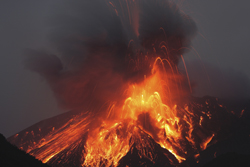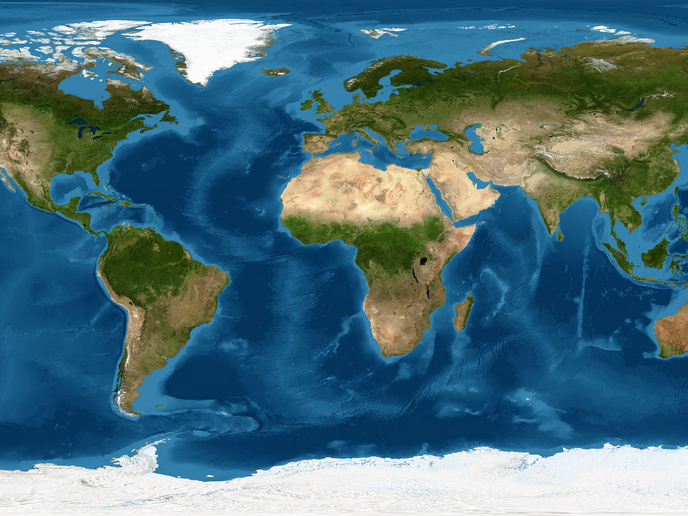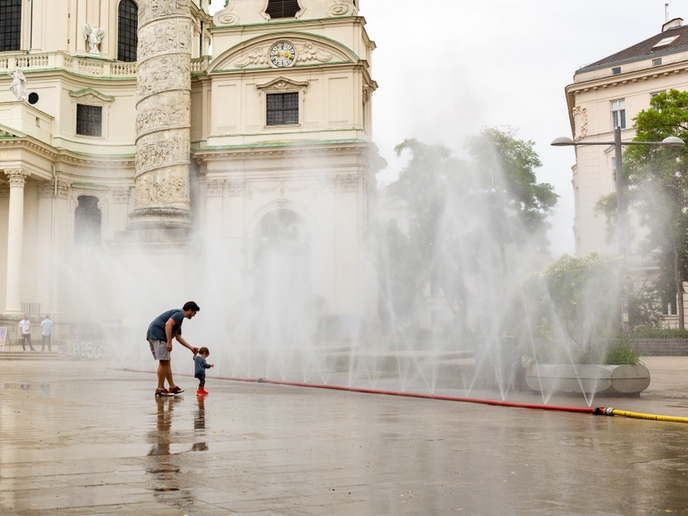Volcanic disaster risk management
The effects of volcanic eruptions are far-reaching: they can wipe out entire human settlements, disrupt air traffic, and negatively affect agriculture and the global climate. These forces of nature require constant monitoring, which in turn requires a coordinated approach by scientists, social scientists, community leaders and information technology specialists.In support of this, the EU-funded 'Mitigate and assess risk from volcanic impact on terrain and human activities' (MIAVITA) project was established to improve hazard prevention, crisis management and risk mitigation for active volcanoes around the world. Specifically, the project set out to develop a risk assessment methodology, monitoring tools, vulnerability assessment tools and an integrated volcano information system.Risk assessment tools were created using previously collected volcano data. This included a scenario builder programme and a ranking system for exposed habitations and other human assets. Findings from this work were published as generic risk assessment recommendations.Various types of wireless sensor networks were deployed on several volcanoes in Africa, Asia and Europe. These were to be incorporated into a digital monitoring network to allow an early warning system to be implemented.Agricultural economic and social vulnerability factors were also investigated in depth at several locations. Work was done on reducing crop and building susceptibility to volcanic eruptions, and social threat perception was assessed. These data were then used to build a flexible, community-based disaster risk management scheme. MIAVITA has published a freely available 'Handbook for Volcanic Risk Management', developed from the findings of the project. This will help volcano-affected communities worldwide to better protect themselves and their economic concerns from disaster.>
Keywords
Volcano, disaster risk management, monitoring network, vulnerability, risk assessment







